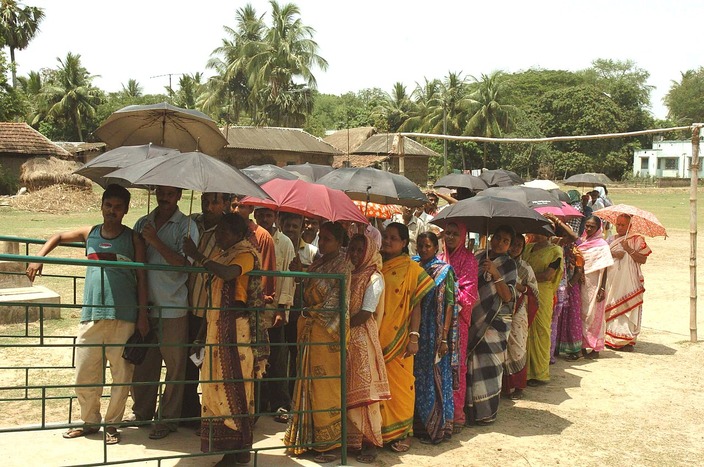Fossil fuels contributed 76% of total electricity generation, while renewables accounted for 21%
Rising summer temperatures in India are driving increasing demand for power. In February 2025, the hottest in 125 years, the rising heat led to increased electricity consumption, with power demand peaking at 238 GW. It is expected to grow further with the onset of summer.
A report by Climate Trends finds that the rising summer temperatures have fueled a 41% surge in peak power demand across India in 2023, with a majority of it being contributed by increased power demand during summer months.
State-wise, the increases in electricity demand are far more varied, ranging between 16-110%. On an annual basis, fossil fuels contributed 76% of total electricity generation, while renewables accounted for 21%.
Impact on energy infrastructure
The International Energy Agency’s (IEA) annual report on energy trends pointed out the role heatwaves played in the increase in power consumption in 2024. According to Fatih Birol, the Executive Director of IEA, extreme weather events are impacting energy infrastructure and are now considered as one of the major risks to energy security.
Climate Trends’ study finds a direct correlation between increase in power demand and heatwaves. It is more evident in urban areas, where more affluent people stay and can afford adequate cooling mechanisms like air conditioners and air coolers. On the other hand, in rural and underdeveloped regions, power demand during heatwaves remains flat. There are two reasons behind this: one is inadequate power infrastructure in these areas, and the other is that less income in rural areas limits the affordability of cooling appliances.
“We’ve been misunderstanding the sudden increase in power demand as a sign of only economic development. While there has been development across the country that has resulted in a surge in power demand over the years, our analysis shows that rising temperatures are causing an additional surge in peak power demand,” said Dr. Manish Ram, lead analyst of the study.
Energy efficiency is the key
The study’s methodology looked at India’s yearly power consumption patterns, and juxtaposed them with hourly temperature increases across different states to arrive at the degree with which temperature increase was driving power demand, revealed Dr. Ram. Basically, increasing temperatures put pressure on power grids, resulting in increased dependence on fossil fuels.
According to the report, higher temperatures drove up India’s requirement for fossil fuel consumption by 3% in 2023. About 2853 million units of electricity was generated using fossil fuels to meet the rising power demand amid acute summer months, resulting in additional carbon emissions of over 2 million tons.
“Understanding the impact of heatwaves and high temperatures on power demand is crucial for planning annual power capacity additions. Rising temperatures directly contribute to increased electricity demand, ultimately straining power grids and driving up energy costs. The more fossil dependencies we add, the worse the heatwaves will get. This creates a feedback loop where higher consumption can lead to more emissions, further exacerbating climate change,” said Archana Chaudhary, Associate Director, Climate Trends.
So, increasing the capacity of renewable energy in meeting the higher power demand should be one of the remedies, according to the report. It also recommends using energy efficient appliances and sustainable buildings to reduce power demand.
About The Author
You may also like
Lula Pitches Fossil Fuel Phase-Out at COP30, But Can a Divided World Agree?
Energy Transition Doesn’t Require Large Climate Finance: Report
Coal Addition Beyond the National Electricity Plan 2032 Uneconomical: Report
PMSGY Drives Rooftop Solar Expansion, But Challenges Remain: Report
Global Renewable Energy Capacity to Double by 2030, Led by Solar PV: Report

